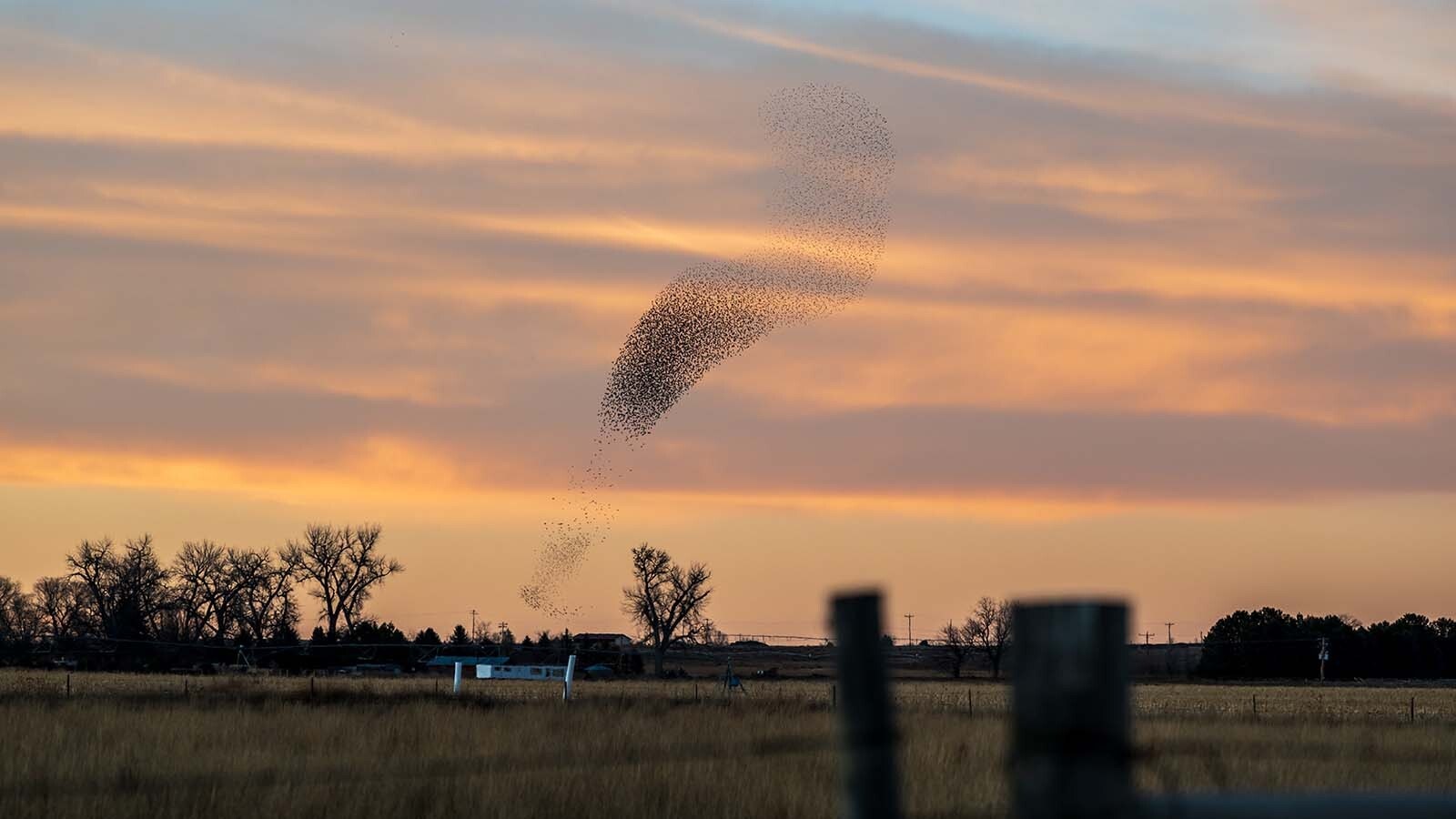For the third time this year, a wolf transplanted to Colorado wandered across the state line into Wyoming and died, though the wolf’s death wasn’t officially announced until nearly two weeks later.
Colorado Parks and Wildlife (CPW) learned on July 24 that wolf 2304, a female, had died in Wyoming, CPW announced in a statement released Wednesday.
CPW and the Wyoming Game and Fish Department didn’t release any details regarding where in Wyoming the wolf died or its cause of death.
“CPW has now coordinated with Wyoming Game and Fish for the return of its tracking collar; however, Wyoming state law prevents further detail from being shared,” according to the CPW statement.
Game and Fish stated that, “Per Wyoming Statute 23-1-304 (d)(vi), Game and Fish is only able to release aggregate numbers of legally taken wolves, and we cannot provide further details.”
Wolves remain protected in Colorado and may not be legally hunted there.
In the part of Wyoming along the Colorado state line, wolves are classified as a predatory animal. That means they may be killed on sight at any time, with no hunting license required.
Female Wolf Among Oregon Transplants
The first case of a reintroduced Colorado wolf dying in Wyoming was March 15. That wolf, a male, was reported to have been killed by USDA Wildlife Services agents after it killed sheep in northcentral Wyoming.
In April, another male wolf from Colorado was reported to have died in Wyoming, although no official cause of death was released.
Both of those males were among 15 wolves flown in from British, Columbia, Canada, and released in Colorado in January.
The female that died in July in Wyoming was from the first batch of 10 wolves reintroduced into Colorado from Oregon in December 2023.
‘Trying To Go Home’
Colorado resident John Michael Williams runs the Colorado Wolf Tracker Facebook page, and said that as he sees it, wolves crossing into Wyoming and dying are an inevitable consequence of the animals’ natural urge to wander.
A female wolf from the Canadian batch recently logged 1,230 miles in her wanderings across Colorado.
CPW’s reintroduction policy includes releasing wolves with at least a 60-mile buffer zone between the release sites and state lines. Also, from the borders of some Native American tribal lands where tribes have stated they don’t want wolves.
Williams told Cowboy State Daily that wolves can easily travel 60 miles, so he doubts the effectiveness of the buffer zones.
He also speculated whether some of the wolves leaving Colorado are trying to find their way back to where they originally came from.
“We’re seeing these things trying to go home, which is kind of sad,” he said.
Proving The Point Of Judge’s Ruling
Another Colorado resident, Samanta Miller, said that Colorado wolves dying in Wyoming proves the point of a federal judge’s Tuesday ruling on wolf policy.
The U.S. Fish and Wildlife Service (FWS) broke the law last year when it denied a petition from a coalition of environmental and animal welfare groups calling for wolves to be re-listed as an endangered species, according to a ruling from Judge Donald Molloy in U.S. District Court for the District of Montana in Missoula.
Molloy also ordered FWS to reconsider its wolf policy in Western states.
That could possibly open the door to wolves being placed back under federal endangered species protection in Wyoming, Montana and Idaho.
Miller is the senior carnivore campaigner with the Center of Biological Diversity, one of the groups that filed the petition, as well as a subsequent lawsuit that led to Molloy’s ruling.
Miller told Cowboy State Daily that yet another Colorado wolf dying in Wyoming “validates the legal victory we recently had.”
It’s more proof that some states are overly aggressive in their wolf management policies, she said.
“What we’re seeing is statewide persecution of wolves in Wyoming, Montana and Idaho. And in Wyoming, it’s been especially precarious for Colorado’s wolf recovery program,” Miller said.
Mark Heinz can be reached at mark@cowboystatedaily.com.





